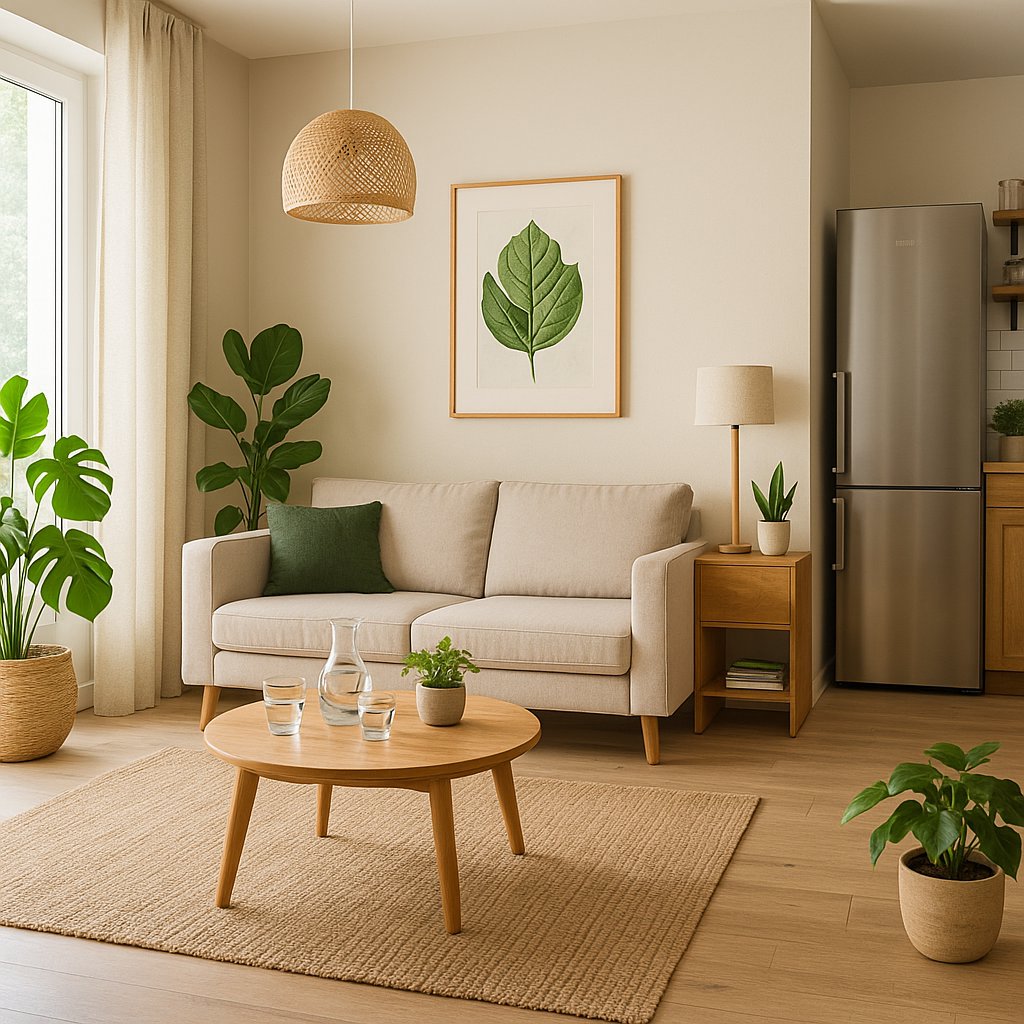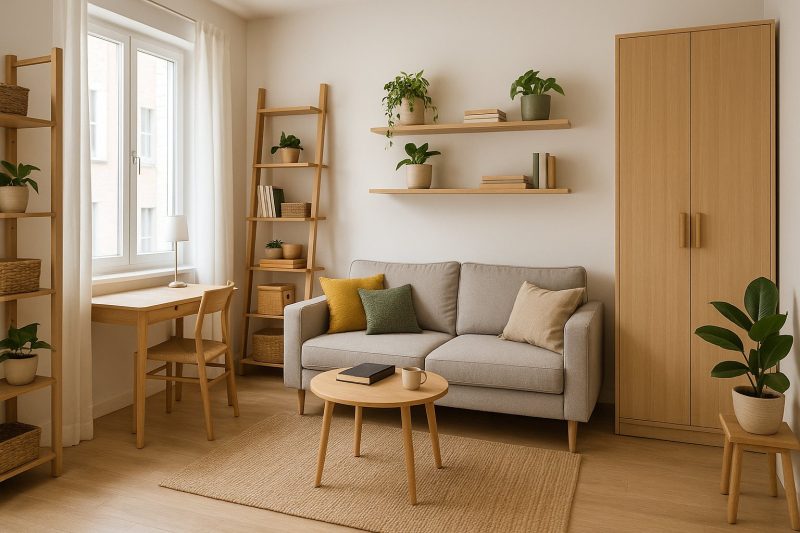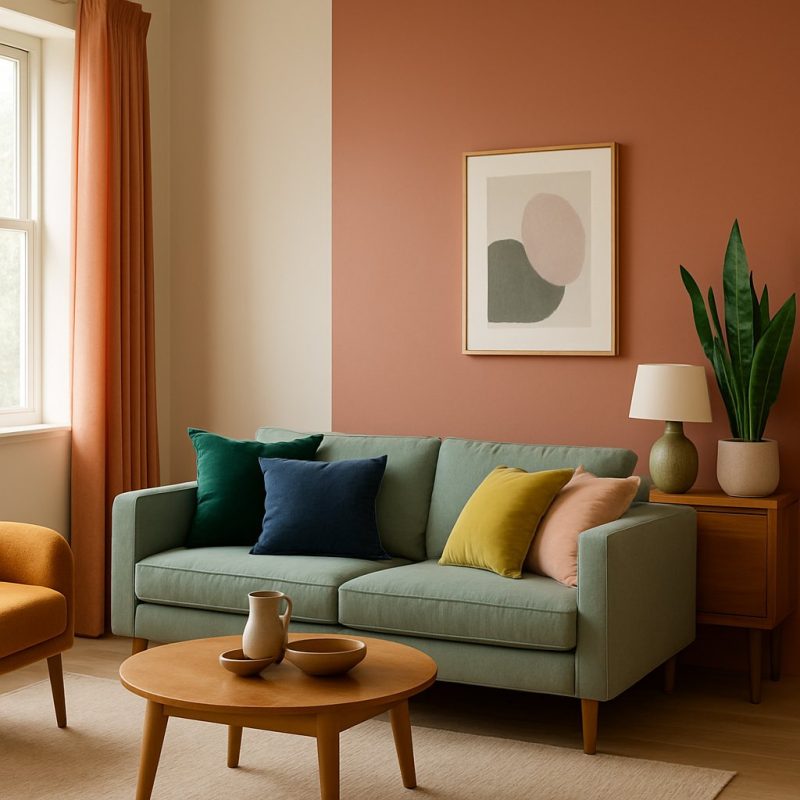Introduction
Sustainability is no longer just a buzzword—it’s a lifestyle. As concerns about climate change and environmental impact continue to grow, more people are seeking ways to make their homes eco-friendly, reduce their carbon footprint, and contribute to a healthier planet. The good news? Sustainable living is within reach, and it doesn’t have to mean sacrificing style, comfort, or functionality.
Creating a sustainable home involves making intentional choices across various aspects of your home’s design, from materials and energy usage to waste reduction and interior decor. In this comprehensive guide, we’ll cover practical and stylish ways to transform every room of your home into an eco-friendly haven that benefits both you and the planet.
1. Start with Sustainable Materials
The foundation of an eco-friendly home starts with the materials you choose. Sustainable materials have less environmental impact, often use renewable resources, and can contribute to a healthier indoor environment.
Eco-Friendly Material Choices:
-
Bamboo Flooring: Known for being a fast-growing resource, bamboo is both durable and sustainable. It’s an excellent alternative to traditional hardwood floors.
-
Reclaimed Wood: Salvaged wood can be used for flooring, furniture, and even decor, providing a unique aesthetic while reducing deforestation.
-
Cork: Cork is a renewable material that’s naturally durable, sound-absorbing, and recyclable.
-
Low-VOC Paints: Traditional paints can release harmful chemicals into the air. Low-VOC (volatile organic compound) paints, on the other hand, are eco-friendly and improve indoor air quality.
Pro Tip: When renovating, choose recycled or upcycled materials for walls, countertops, and furniture. They’re great for both sustainability and style!
2. Energy-Efficient Solutions for Every Room
An energy-efficient home not only reduces your utility bills but also helps conserve resources. There are simple, effective solutions you can implement throughout your home to make it more energy-efficient.
Key Energy-Efficient Upgrades:
-
LED Lighting: Swap out incandescent bulbs for LED or CFL bulbs, which use less energy and last longer.
-
Energy-Star Appliances: Look for appliances with the Energy Star label. These products are designed to reduce energy consumption without compromising performance.
-
Smart Thermostats: A smart thermostat can help you control your home’s temperature efficiently, adjusting based on your schedule and usage patterns.
-
Double-Glazed Windows: Double-glazed windows provide extra insulation, keeping your home cooler in the summer and warmer in the winter, reducing energy usage.
Pro Tip: Seal gaps and cracks around windows, doors, and vents to prevent heat from escaping, which can increase your heating and cooling costs.
3. Water Conservation in the Bathroom and Kitchen
Water is one of our most precious resources, and wasting it can have significant environmental consequences. Luckily, there are many ways to conserve water in every room of your home, particularly in the bathroom and kitchen, where we use the most water.
Water-Saving Tips:
-
Low-Flow Fixtures: Install low-flow faucets, showerheads, and dual-flush toilets to minimize water usage without sacrificing performance.
-
Water-Efficient Appliances: When buying new appliances, such as dishwashers or washing machines, opt for those with a Water Efficiency rating to ensure they use less water.
-
Collecting Rainwater: For outdoor use, consider installing a rainwater collection system to water your garden or wash your car without relying on your water supply.
-
Fix Leaks Promptly: A dripping faucet or running toilet can waste gallons of water a day. Fixing leaks immediately saves water and reduces your utility bills.
Pro Tip: Use a composting toilet for the ultimate sustainable bathroom solution, especially in off-grid or eco-conscious homes.
4. Reduce Waste with Recycling and Composting
Reducing waste is essential to sustainable living. By diverting waste from landfills through recycling and composting, you can significantly lower your environmental footprint.
Waste Reduction Tips:
-
Recycling Bins: Set up designated bins for paper, plastics, and metals, and ensure you follow your local recycling guidelines. Consider a composting bin for organic waste like fruit scraps, coffee grounds, and vegetable peels.
-
Composting: Composting food waste not only reduces landfill waste but also provides nutrient-rich soil for your garden. If you don’t have a garden, consider starting a community composting program.
-
Minimalist Lifestyle: Embrace the “less is more” philosophy by decluttering your space and investing in items you truly need. The less stuff you have, the less waste you generate.
-
Buy in Bulk: Avoid plastic packaging by purchasing items in bulk. Use reusable containers and bags to reduce single-use plastics.
Pro Tip: Use glass jars and containers for food storage instead of plastic ones. They last longer and can be reused.
5. Sustainable Decor and Furniture
Sustainable decor doesn’t mean you have to sacrifice style. In fact, eco-friendly furniture and decor can be just as beautiful and functional as traditional pieces, and they often have a story behind them.
Sustainable Decor Ideas:
-
Vintage and Upcycled Furniture: Find unique, vintage furniture at thrift stores or online marketplaces. Refurbish or reupholster old furniture for a fresh look.
-
Natural Fiber Rugs: Choose rugs made from natural fibers such as jute, hemp, or wool. These materials are biodegradable and come in various stylish designs.
-
Non-Toxic Fabrics: Look for textiles made from organic cotton, linen, or bamboo, which are more sustainable and free of harmful chemicals.
-
Indoor Plants: Not only do plants purify the air and add beauty to your home, but they also create a natural, calming atmosphere.
Pro Tip: Consider recycled furniture or eco-friendly brands that focus on low-impact production and ethical materials.
Conclusion: Small Changes, Big Impact
Creating a sustainable home isn’t about making drastic changes overnight—it’s about small, thoughtful adjustments that add up to a larger positive impact. Whether it’s choosing sustainable materials, saving energy, or reducing waste, every step you take toward a greener home helps the planet.
By making eco-friendly choices in every room, you’re contributing to a healthier world while creating a more comfortable and stylish living space for yourself and your family.
What’s the first change you’ll make to create a more sustainable home? Let us know in the comments!
Looking for more tips on sustainable living? Subscribe to our newsletter and join the eco-friendly movement today!







